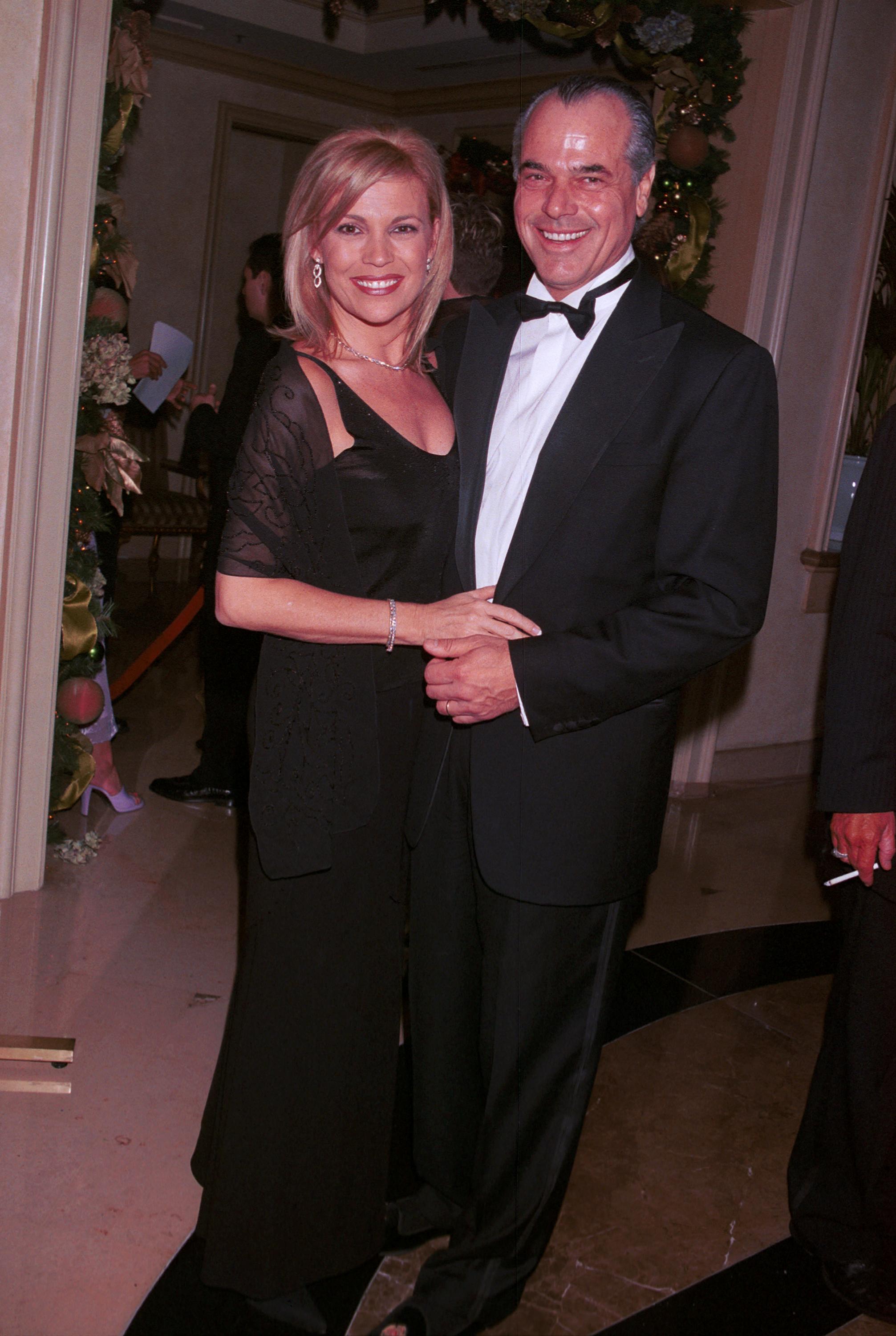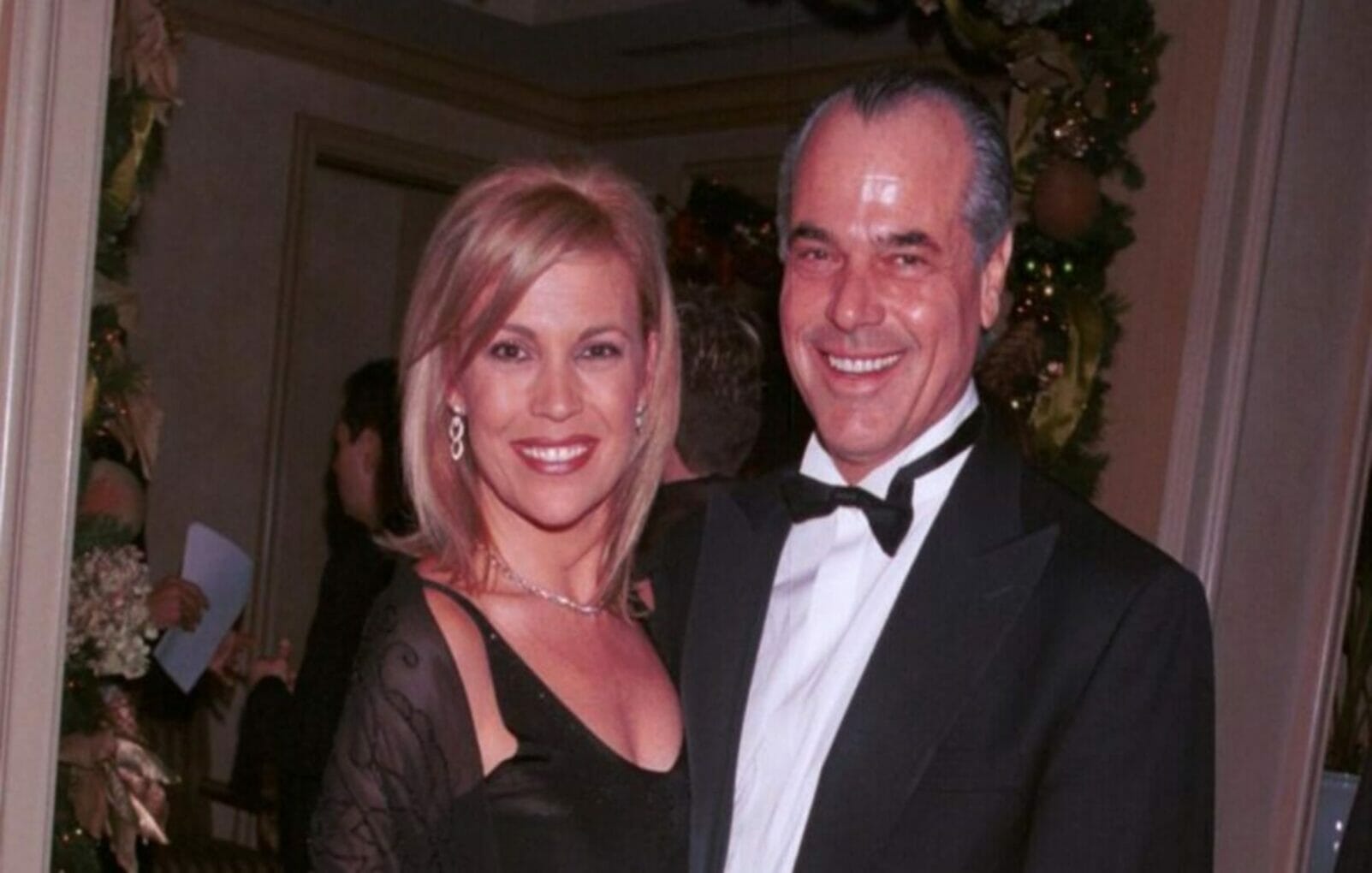Who Was George Santo Pietro? The Sculptor Behind Mount Rushmore
Ever gaze upon the stoic face of Abraham Lincoln etched into Mount Rushmore and wondered about the artist behind such an enduring feat? It's time to acknowledge the genius of George Santo Pietro, a master sculptor whose contribution to this national monument is undeniably significant.
George Santo Pietro, an Italian-American artist born in 1899, left an indelible mark on the American landscape through his involvement with the Mount Rushmore National Memorial in South Dakota. While Gutzon Borglum is often credited as the primary sculptor, it was Pietro who meticulously carved the head of Abraham Lincoln, the memorial's central figure. He also played a crucial role in shaping the visages of George Washington, Thomas Jefferson, and Theodore Roosevelt, further solidifying his legacy.
Santo Pietro's journey to Mount Rushmore began in 1933 when he joined Borglum's team. His innate talent, combined with an unwavering commitment to detail, quickly made him an indispensable member of the crew. It was his work on Lincoln's head that garnered particular acclaim, celebrated for its remarkable accuracy and profound emotional depth. He possessed a unique ability to translate historical significance into tangible art, ensuring that Lincoln's image would resonate with generations to come.
- Breaking Is Ari Melber Leaving Msnbc Whats Next
- Unlock Telegram Masa 49 Com Telegram Download Guide Year
| Name | Born | Died | Nationality | Occupation |
|---|---|---|---|---|
| George Santo Pietro | January 15, 1899 | April 23, 1994 | Italian-American | Sculptor |
While Mount Rushmore remains his most iconic achievement, George Santo Pietro's artistic vision extended far beyond the granite cliffs of South Dakota. He sculpted the bronze statue of Pope John XXIII, a majestic tribute that graces the Vatican, a piece lauded for capturing the Pope's humility and spiritual grace. Additionally, he crafted the bust of President John F. Kennedy, a poignant reminder of the leader's charisma and idealism, which is housed at the John F. Kennedy Presidential Library and Museum. These works, along with his many other creations, are hallmarks of a career defined by realism, emotional intensity, and exceptional technical skill.
George Santo Pietro, a sculptor of immense talent, holds a place of honor in the history of American art, primarily for his indispensable role in the creation of the Mount Rushmore National Memorial. Yet, his artistry wasn't limited to this monumental undertaking; he left behind a collection of sculptures and monuments, each bearing the imprint of his unique style and skill. His journey is one of dedication, precision, and a deep understanding of the human spirit, manifested through the enduring power of sculpture.
- Sculptor of Mount Rushmore
- Creator of Lincoln's Head
- Bronze Statue of Pope John XXIII
- Bust of President John F. Kennedy
- Realism and Emotional Depth
- Technical Proficiency
- Italian-American Heritage
Santo Pietro's contribution to Mount Rushmore went beyond merely executing a plan; he infused the stone with life, particularly in the head of Abraham Lincoln. The precision and care he displayed are evident in every line and contour, reflecting a deep appreciation for his subjects. His artistic abilities extended to other projects, each reflecting versatility and command of various artistic expressions. The Vatican's statue of Pope John XXIII and John F. Kennedy's bust are just a few examples.
- Ultimate Guide Watch Vegamovies Kdrama Online Free
- Unveiling Becca And Bethany Onlyfans Is It Worth It Year
| Name | Born | Died | Nationality | Occupation |
|---|---|---|---|---|
| George Santo Pietro | January 15, 1899 | April 23, 1994 | Italian-American | Sculptor |
George Santo Pietro's involvement as a sculptor of Mount Rushmore is a pivotal chapter in his artistic journey, demonstrating his impact on the monumental carving that has become a global symbol of American identity. Beyond his contributions as a craftsman, Pietro played a crucial role in realizing a vision, ensuring the memorial's enduring historical relevance.
His skill and grasp of human form were vital to the Mount Rushmore project's success. Lincoln's head is a testament to his skill, capturing the character of a historical person via art. His work communicated Lincoln's strength, decisiveness, and insight, reflecting ideals linked with the president.
Pietro assisted in carving the other three presidents, adding to the memorial's unity and magnificence. His work made Mount Rushmore a great American sculpture, demonstrating the artists' expertise and dedication.
The fact that George Santo Pietro was the "Creator of Lincoln's Head" is significant to his heritage and contribution to Mount Rushmore. Santo Pietro's Lincoln head was not only a technical accomplishment but also a profound aesthetic interpretation that captured the essence of the president.
Pietro skillfully carved Lincoln's qualities, expressing strength, resolve, and wisdom, echoing the values of the honored leader. He created an iconic and realistic portrayal with his attention to detail and knowledge of human anatomy.
Pietro's work on Lincoln's head is historically and culturally significant. Lincoln's head is the centerpiece of Mount Rushmore, symbolizing the United States' founding and ideals. Santo Pietro's role in this national monument cemented his place in American history and established him as a great sculptor.
The Bronze Statue of Pope John XXIII demonstrates George Santo Pietro's versatility and mastery of diverse artistic styles. Pietro's portrayal of Pope John XXIII, commissioned by the Vatican, captures the spirit of the famous pontiff, known for his humility, compassion, and ecumenism.
Pietro skillfully sculpted warmth and friendliness into the statue, capturing Pope John XXIII's commitment to pastoral care. The pope's gentle bearing and openness invite viewers to connect with his love and service legacy.
The Bronze Statue of Pope John XXIII has considerable religious and historical significance beyond its aesthetic virtues. Installed in the Vatican Gardens, it reminds viewers of Pope John XXIII's contributions to the Catholic Church and interfaith dialogue. Pietro's work has become a lasting emblem of the pope's message of peace and unity, inspiring pilgrims and visitors.
George Santo Pietro's Bust of President John F. Kennedy demonstrates his extraordinary ability to portray historical figures through art.
- Artistic Interpretation:
Pietro's President Kennedy bust is a creative rendition that communicates the president's charm, resolve, and youthful idealism. His attention to detail and anatomical knowledge produced a realistic, expressive portrayal. - Historical Significance:
The John F. Kennedy Presidential Library and Museum commissioned the bust as a lasting tribute to the president. Pietro's work maintains Kennedy's legacy, offering a physical link to his life and administration. - Symbolism and Legacy:
The bust embodies President Kennedy, symbolizing his vision for the future and dedication to public service. It commemorates his lasting impact on American history and culture. - Artistic Technique:
Pietro's bronze bust catches President Kennedy's look and personality. His use of light and shadow and facial emotions demonstrate his technical and aesthetic sensibility.
George Santo Pietro's Bust of President John F. Kennedy honors the leader while highlighting Pietro's skill as a sculptor and his ability to produce culturally and historically relevant art.
In examining the link between "Realism and Emotional Depth" and George Santo Pietro, we uncover the heart of his artistic approach, which included great attention to detail and the capacity to express emotions in his sculptures.
- Lifelike Representation:
Pietro's sculptures were remarkably realistic, capturing his subjects' physical traits and nuances. His works aimed to precisely reproduce the human form, making his sculptures incredibly lifelike. - Expressive Faces:
Beyond physical likeness, Pietro excelled in capturing his subjects' emotions. Through subtle facial changes, he expressed serenity, contemplation, resolve, and strength. His sculptures aroused empathy, allowing viewers to feel his subjects' lives. - Historical Context:
Pietro's realism and emotional depth were inspired by his era's art. In the early 20th century, artists sought to reflect the world by capturing daily life and human experience. - Legacy and Influence:
Pietro's realism and emotional depth have left a lasting legacy in sculpture. His works are still praised and studied for their technical ability and sensitive depiction of the human condition.
Finally, George Santo Pietro's realism and emotional depth created sculptures that surpassed physical representation. His sensitivity and attention to detail gave life to his subjects, encouraging viewers to engage with human experience's internal and external realities.
"Technical Proficiency" and George Santo Pietro are central to his art and the lasting impact of his sculptures. Pietro's skills included sculpting, anatomy, and attention to detail.
Pietro's sculptures show his ability to manipulate marble, bronze, and clay. His sculptures are detailed and capture his subjects' subtleties. His anatomy knowledge helped him produce sculptures that were both anatomically accurate and beautiful.
Pietro also grasped light and shadow. He carefully used chiseling to create subtle transitions and stunning effects, enhancing the realism of his pieces. His mastery of lighting on surfaces gave his sculptures vibrancy.
George Santo Pietro's technical skill was crucial to his sculpting success. He precisely executed his artistic vision, making engaging sculptures. His technical mastery demonstrates his artistry and devotion to his profession.
George Santo Pietro's Italian-American heritage impacted his artistic journey and unique style.
- Influence of Italian Renaissance Art:
Pietro's Italian-American childhood exposed him to Italian Renaissance art. Michelangelo and Donatello inspired his realism, anatomy, and emotion. - Cultural Identity and Expression:
Pietro, an Italian-American, reconciled two cultures to create his art. He drew from Italian and American cultures to create pieces that expressed his bicultural character. - Community and Support:
The Italian-American community supported Pietro. He found community support and sponsorship, which boosted his art. - Historical Context:
George Santo Pietro's Italian-American background shaped his experiences and views. He lived during immigration and cultural transition, which shaped his identity, heritage, and American Dream.
Finally, George Santo Pietro's Italian-American heritage influenced his art. It influenced his art style, cultural perspective, and experiences, contributing to his sculptures' unique and lasting legacy.
This section addresses frequently asked questions regarding George Santo Pietro, providing insightful answers to enhance knowledge of his life, works, and legacy.
Question 1: What is George Santo Pietro best known for?
Answer:George Santo Pietro is primarily known for his involvement in the Mount Rushmore National Memorial, where he sculpted Abraham Lincoln's head and helped carve the other three presidents. His skill and attention to detail made him a master sculptor.
Question 2: What other notable works did George Santo Pietro create?
Answer: Beyond Mount Rushmore, Santo Pietro sculpted the Vatican's bronze Pope John XXIII and the John F. Kennedy Presidential Library and Museum's President John F. Kennedy. His broad collection displays his artistic diversity and skill.
| Category | Details |
|---|---|
| Mount Rushmore Role | Lead sculptor for Abraham Lincoln's head; contributor to Washington, Jefferson, and Roosevelt |
| Other Notable Works | Bronze Statue of Pope John XXIII (Vatican), Bust of President John F. Kennedy (JFK Presidential Library) |
| Artistic Style | Realism, emotional depth, technically proficient |
| Heritage | Italian-American, influenced by Renaissance art |
| Legacy | Enduring works of art that capture the essence of historical figures and inspire generations |
For further information and verification of the facts presented here, you can consult reliable sources like the National Park Service website: https://www.nps.gov/index.htm
George Santo Pietro's legacy as a sculptor is defined by his technical skill, attention to detail, and capacity to express his subjects' essence. His influence on Mount Rushmore and other significant works has secured his position in art and American history.
Pietro's commitment to realism and emotional depth in his sculptures allowed him to create works that went beyond physical portrayal. His talent to give life to his subjects continues to fascinate and inspire, ensuring that his legacy will live on.
- Meet The Champions Sheila Ysrael Dan Fernandezs Dance Journey
- Understanding Fapello Corinna Kopf Privacy Amp Respect Guide

Who is Vanna White's exhusband Santo Pietro?

Santo Pietro Is Vanna White’s Exhusband and the Father of Her

Who is Santo Pietro, Vanna White’s former husband? Biography